Ethical issues of biometric technology have become a hot topic as millions of Americans now unlock their phones with their faces and pay for groceries with their fingerprints. What seemed like science fiction just a decade ago is now part of our daily routine. But here’s the catch – while we’ve rushed to embrace these convenient features, we haven’t stopped to think about what we’re giving up in return.
You are running late for a flight, and the airport’s facial recognition biometrics system flags you as a potential threat. You get pulled aside, questioned, and miss your connection – all because an algorithm made a mistake. This isn’t some dystopian fantasy. It’s happening right now across America.
The truth is, biometric data collection has exploded faster than our understanding of its consequences. Today, over 200 million Americans have their biometric information stored somewhere in digital databases.
The Ethics and Concerns of Biometric Data Collection
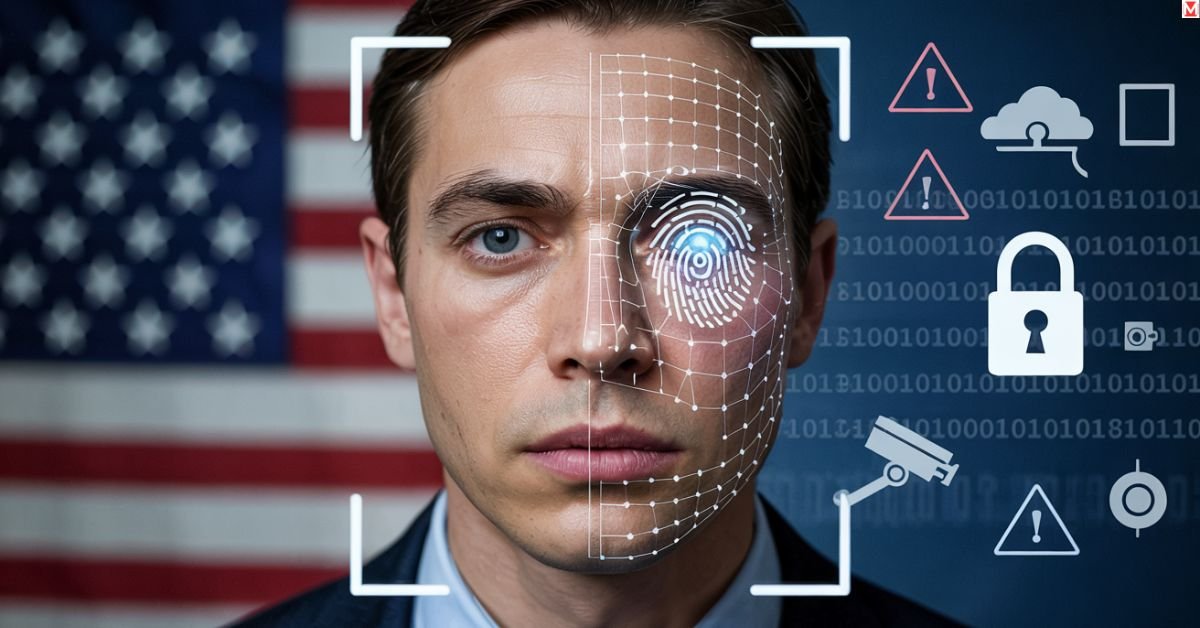
When we talk about biometric technology, we’re not just discussing fingerprint scanners anymore. Modern systems can identify you by how you walk, the unique pattern of veins in your hand, or even your heartbeat rhythm. Companies like Apple, Google, and Amazon have made biometric authentication feel as normal as using a key.
But here’s what’s troubling: unlike your password or credit card number, you can’t change your face if it gets compromised. Your biometric data is permanent. Once it’s out there, it’s out there forever.
The real problem starts when we look at who’s collecting this information and why. Retail stores use facial recognition biometrics to identify shoplifters. Employers track worker productivity through biometric time clocks. Schools scan students’ faces to monitor attendance.
Ethical Concerns in Biometric Data Collection
The ethical issues of biometric technology go deeper than most people realize. When a company scans your face at a store entrance, they’re not just checking if you’re a known troublemaker. They’re potentially building a database of everyone who shops there.
This creates what privacy experts call “function creep” – when technology deployed for one purpose gradually expands to serve other functions. A system installed to catch shoplifters might eventually be used to track employee behavior or sell customer data to marketing companies.
The impact on vulnerable populations is particularly concerning. Children’s faces are being scanned in school cafeterias. Elderly residents in nursing homes are subjected to constant biometric monitoring. These groups often have little choice in the matter.
Privacy and Consent
Informed consent loses its meaning when you can’t say no. Good luck finding work today if you won’t subject yourself to biometric confirmation. Lots of employers insist on fingerprint scans, voice identification, or taking a photo of their face for their work.
Schools give parents a false choice: agree to have your child’s biometric information scanned to pay for lunch, or have them wait in separate lines and potentially be stigmatized. This isn’t consent in any real sense but is instead an extreme form of coercion disguised as efficiency.
Still, more disturbing may be the impact of our biometric data on people we have never met. Your DNA doesn’t just mark you; it can also offer insight about your sibs, folks, and kiddies. The privacy issues go beyond personal rights, however.
Informed Consent and Data Usage
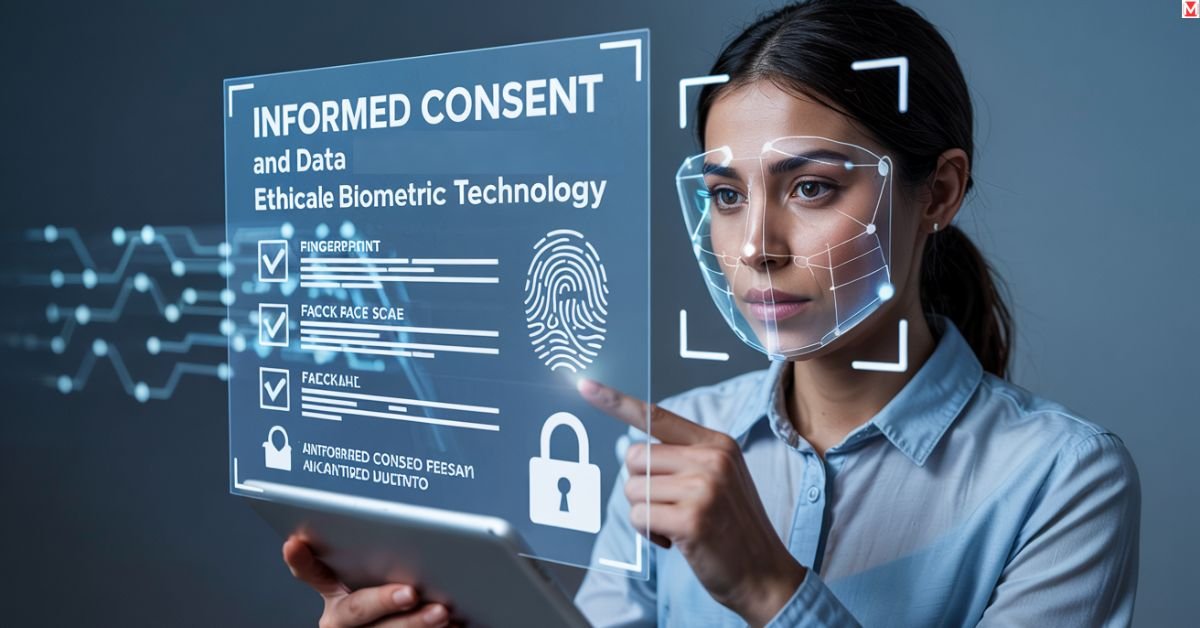
Real informed consent should mean understanding exactly how your biometric data will be used, stored, and shared. But most consent agreements are deliberately confusing. They’re written in legal language that even lawyers struggle to understand.
Consider Apple’s Face ID system. While the company claims your facial data stays on your device, the reality is more complex. Third-party apps that use Face ID for authentication may collect and share biometric information in ways you never agreed to.
Companies often update their privacy policies after you’ve already enrolled in their biometric systems. You might have agreed to limited data usage, only to find out later that your information is being shared with law enforcement.
Potential for Unauthorized Use
Unauthorized use of biometric information is already happening across America. Police departments use facial recognition to identify protesters at peaceful demonstrations. Immigration authorities scan faces at airports to track people who overstay their visas.
The technology enables new forms of discrimination. Facial recognition biometrics show higher error rates for women and people of color. This means these groups face more false identifications and wrongful detentions.
Criminal organizations have also discovered the value of stolen biometric data. Unlike credit card numbers, you can’t cancel your fingerprints. Once criminals have your biometric information, they can potentially impersonate you indefinitely.
Biometric Data Ethics Guidelines for Responsible Usage
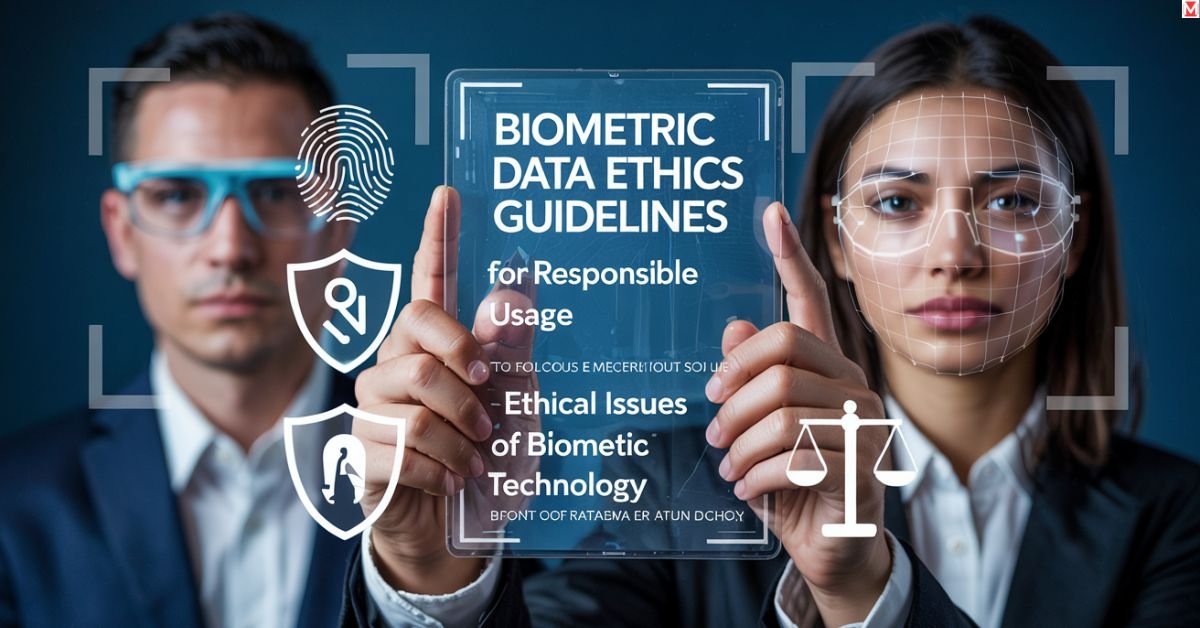
The moral compass of biometric tech hasn’t kept pace with its broad deployment yet. The European Union’s GDPR offers some safeguards, mandating that users consent to the processing of their biometrics. But data privacy laws in America are still fragmented and flimsy.
Some states have passed specific biometric privacy laws. Illinois leads the way with its Biometric Information Privacy Act, requiring companies to get written consent before collecting biometric data. Texas and Washington have similar laws, but most states offer little protection.
Industry associations have set ethical guidelines as a voluntary code, which are unenforced. The problem is to design regulatory compliance that preserves the privacy of consumers but doesn’t stifle innovation.
Data Collection
Current biometric verification systems gather much more data than most people suspect. Something as basic as a quick fingerprint scan might feel harmless, but the system also logs when and where you use it, which could be used to create an incredibly detailed map of your daily life.
Facial-recognition biometrics are the most invasive. Sophisticated systems can tell how you’re feeling, how old you are, and even what you might think about certain political topics — all from your mug. This data is often gathered by stealth.
The data collection methods vary widely:
- Passive collection: Cameras that scan faces without notification
- Active collection: Systems requiring deliberate interaction
- Continuous monitoring: Devices track biometric data throughout the day
- Secondary collection: Gathering biometric data from social media photos
Many people don’t realize that posting photos on social media essentially donates their facial biometric data to massive corporate databases.
Data Privacy
DPP in biometrics is subject to highly complex technical and legal questions. Unlike more traditional passwords, it is also difficult to encrypt or anonymize the biometric template. Even if companies state that they are only storing mathematical representations, those templates are likely still reverse-engineerable.
Cross-border data transfers create additional privacy risks. Your biometric data collected by an American company might be processed on servers in countries with weaker personal data protection.
| Storage Method | Level | Convenience | Security Risk |
|---|---|---|---|
| Local Device | High | Medium | Low |
| Company Servers | Medium | High | Medium |
| Cloud Storage | Low | High | High |
| Government Databases | Very Low | Low | Very High |
Data Misuse
1`Data misuse in biometric systems takes many forms. Companies originally collecting fingerprints for building access might later use that same data for productivity monitoring. Schools scanning student faces for security might share that information with law enforcement.
The permanent nature of biometric data makes misuse particularly harmful. When your credit card gets compromised, you get a new number. When your biometric data gets misused, you can’t get a new face.
Recent cases include retail chains using facial recognition to ban customers without trial processes and employers using biometric data to monitor workers’ activities.
Transparency
Corporate accountability in biometric systems remains weak. When facial recognition systems make mistakes leading to wrongful arrests, companies often claim their technology is just a tool and human operators are responsible for final decisions.
This creates a problematic accountability gap. Humans operating these systems often lack the technical expertise to understand their limitations and biases. They trust the technology to make accurate identifications, even when systems haven’t been properly tested.
Meaningful accountability requires clear liability rules for biometric system errors, regular auditing across demographic groups, and accessible appeals processes for people harmed by biometric decisions.
Security
Data security becomes critical when dealing with biometric information because breach consequences are permanent. Traditional cybersecurity focuses on preventing unauthorized access, but biometric security must consider the unique properties of biological identifiers.
Biometric systems face several challenges. The “presentation attack” problem occurs when people use fake fingerprints or photos to fool scanners. Template security represents another major challenge, as mathematical representations can potentially be used to recreate original biometric data.
Information security experts recommend storing biometric templates using irreversible encryption methods that make it impossible to recreate the original data.
Ensuring Reliable Data Security
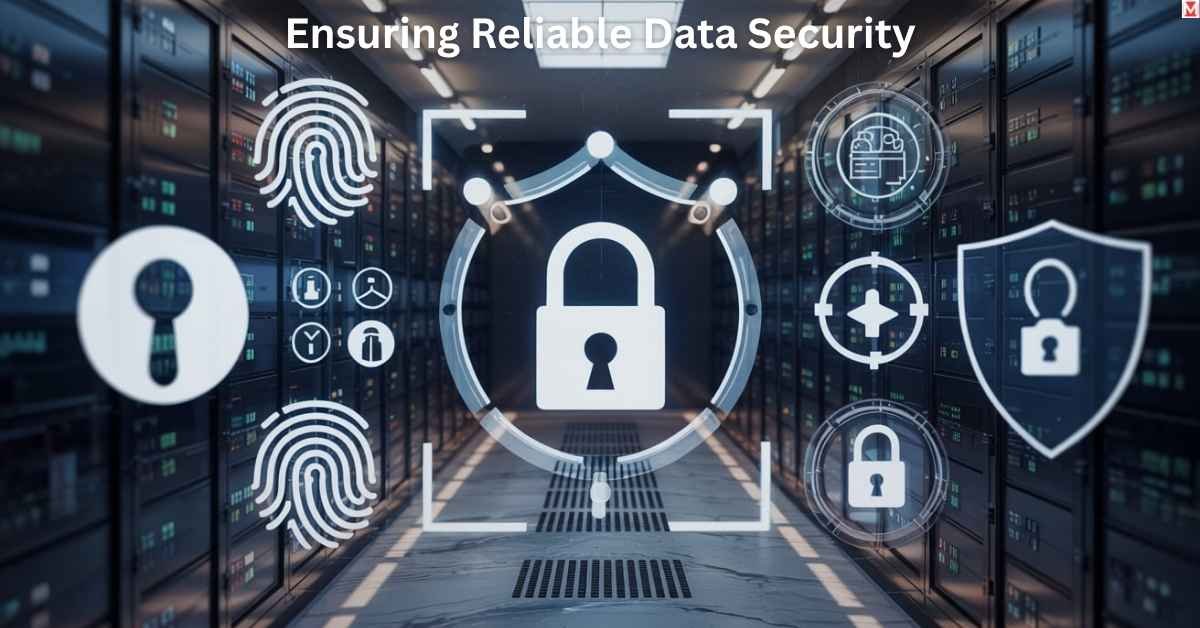
Reliable data security for biometric systems requires multiple protection layers. Advanced systems use “zero-knowledge” protocols that can verify your identity without storing your biometric data.
Secure data handling involves limiting access to biometric information. Only specific personnel should access biometric databases, and all access should be logged and monitored.
Regular security measures include penetration testing, biometric liveness detection to prevent spoofing, continuous monitoring for unusual access patterns, and incident response procedures for potential breaches.
READ MORE ABOUT: Ethical Implications of Biometric Monitoring in Law and Society
Bringing Compliance & Ethics to Biometric Data
Regulatory compliance and ethics must work together to address the ethical issues of biometric technology. Compliance alone isn’t enough – organizations need ethical frameworks going beyond minimum legal requirements.
Effective policy compliance requires organizations to conduct impact assessments before deploying biometric systems. These assessments should evaluate potential harms to different communities and identify ways to minimize negative consequences.
Adherence to laws varies significantly across jurisdictions. Federal agencies operate under different rules than state governments, which follow different standards than private companies. This patchwork creates confusion and protection gaps.
Conclusion
Ethical issues of biometric technology won’t disappear as these systems become more common. Instead, they’ll become more complex and consequential. We’re at a critical moment where we can still shape how these technologies develop.
The convenience of biometric systems is undeniable. But convenience shouldn’t come at the cost of fundamental privacy rights and human dignity. Moving forward, we need stronger data privacy laws that give people real control over their biometric data.
Frequently Asked Questions
What are the issues and concerns of biometrics?
While biometric systems are designed to be accurate, they are not infallible. Two common issues, false positives and false negatives, can undermine their reliability and create serious challenges in practical applications.
What is the issue with biometric access?
Biometric integration with access control software offers advanced security and convenience, but presents challenges like legacy system compatibility, data security, scalability, environmental limitations, and user resistance.
What are the technical issues with biometric machines?
Biometric systems can make two basic errors. A “false positive” occurs when the system incorrectly matches an input to a non-matching template, while in a “false negative”, the system fails to detect a match between an input and a matching template.
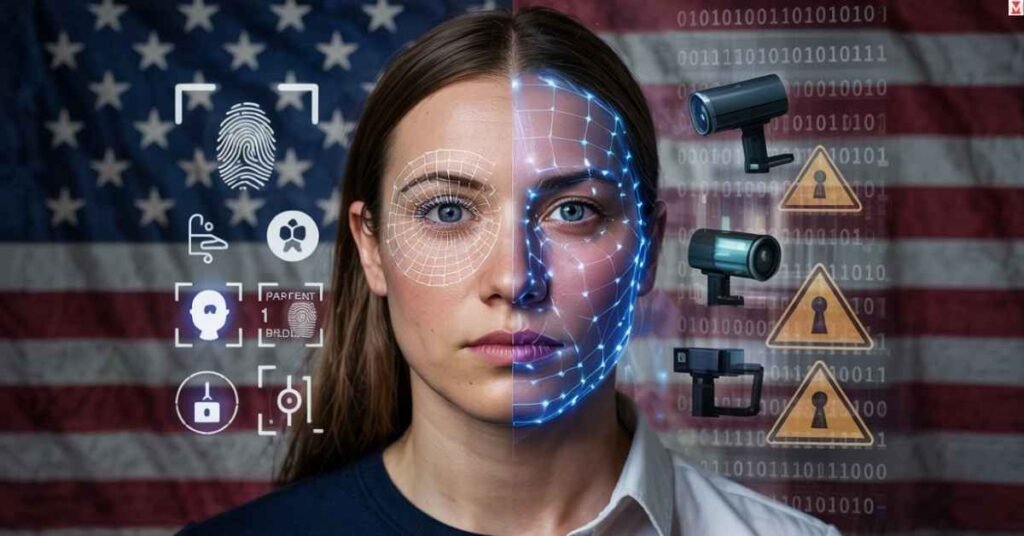


Pingback: Google Best AI Tools Set To Collaborate For Greater Impact - The Mainland Moment